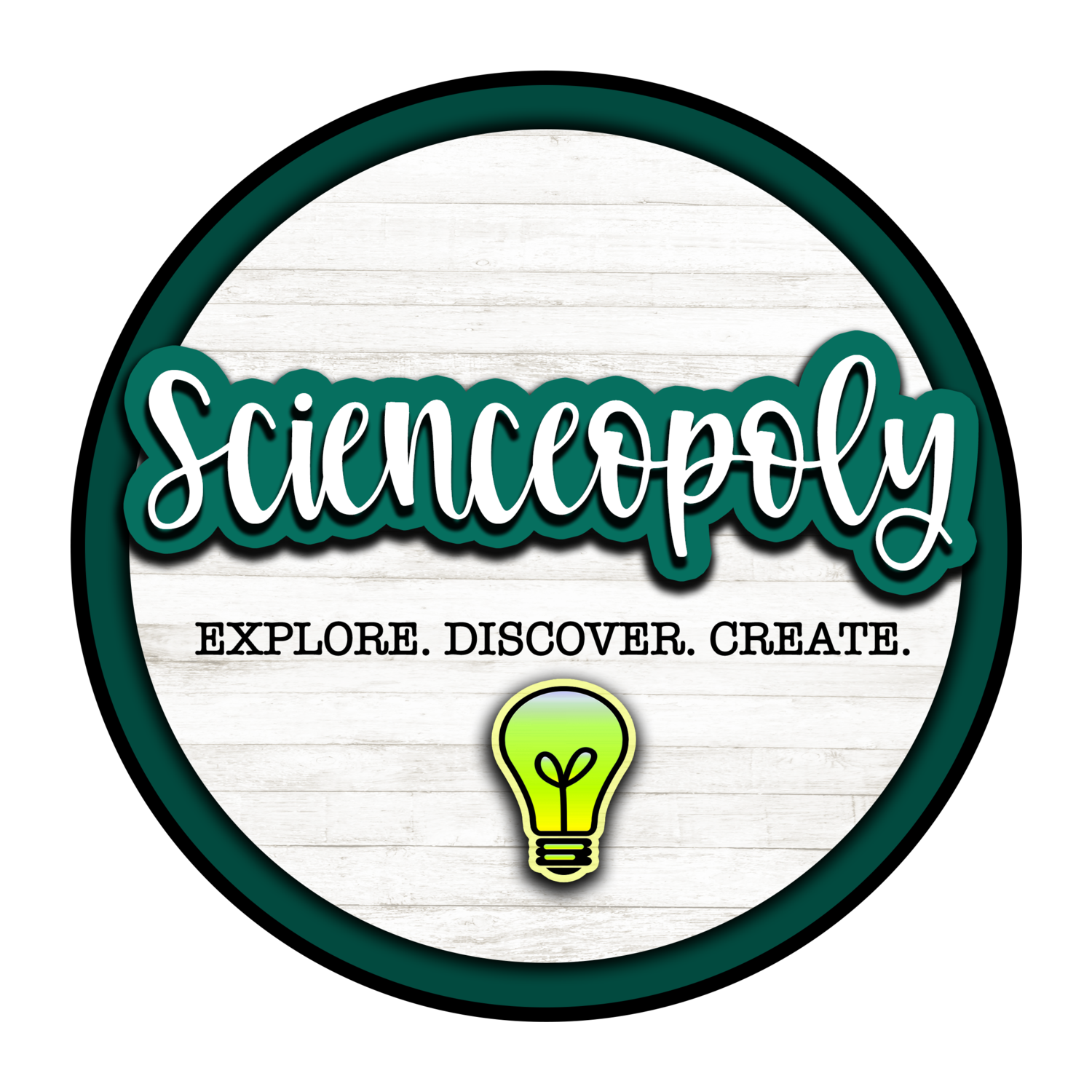Reading the Next Generation Science Standards
It should be noted that references to the NGSS in this post refer to the California NGSS which may differ slightly from other states. You can find them here.
I won’t lie, it took me some time to figure out how to navigate through the Next Generation Science Standards. Having taught and worked in education for a number of years now, I have seen several different formats of standards. The NGSS however, takes it to a whole new level, but with good reason. In this post, I will take you through my tips and tricks for navigation, with a focus on the middle school (6-8) band of standards.
To begin with, at the middle school level the standards are organized in three different way: by Disciplinary Core Idea (DCI), by Topic, and by the Discipline Specific Model.
Now, as a lover of thematic teaching (you can read my post about it here), I prefer the DCI and Topic organizations, but most schools still conform to the traditional Discipline Specific Model. Either way, the standards throughout the middle school grade levels are the same, they are simply organized differently depending on the approach. (As a side note, you may have noticed that this website is organized so as to reflect these two approaches to the NGSS. You can search ideas and lessons by grade level discipline, or you can search by grade level DCI/Topic/Theme.)
The Discipline Specific Model groups all the standards for a single science discipline in one grade level; traditionally Earth Science in 6th, Life Science in 7th, and Physical Science in 8th. Both the DCI and Topic models integrate the discipline-based standards throughout the grades so that the instruction can be more thematic, and the study students engage in will deepen over time. Which set of standards you choose will largely depend on the direction your school and local school board has taken when it comes to teaching science at the middle school level. (Both the DCI and Topic organizations are integrated versions of the standards, suitable for thematic teaching and integrating the 3 core science disciplines throughout a single grade level. I happen to like the Topic version, but I don’t always tie myself to the topics as they are laid out in the standards.)
When viewing the actual standards, you will find that they are organized much differently than other sets of standards (particularly if you have taught long enough to watch standards come and go!). This organization can seem a bit daunting but I like to break it down into 4 key pieces, each of which have a specific place in mind when I am planning my lessons.
At the top of the page is one or more Performance Expectations. These Performance Expectations read somewhat like standards of old (their coding (ex. MS-LS1-7) is what you would use to indicate which standard you are focusing on during a given lesson) with a significant difference- they give an indication of what the student is expected to do with the knowledge acquired from their lessons. This is a notable feature of the NGSS, a very clear expectations that students should be doing science!
I often engage in a system known as “backwards planning” when creating my lessons, thinking about the outcome and the end product I want from my students then planning backwards. Kind of like determining my destination, then planning the trip. The Performance Expectations are my learning destinations! This is where I want my students to be at the end of the learning experience.
Early on, this is likely what threw me the most when I was navigating these standards. It seemed so lofty, these performance expectations- until I saw them as my destination. So, the next question became, “how do I get them there?”
This is where the other pieces of the NGSS structure comes in. Below the Performance Expectations are three color-coded boxes each coordinating to a piece of the 3-Dimensional learning model that defines the NGSS. An important tenant of the NGSS is that students will engage in an ongoing process of Science and Engineering Practices, Crosscutting Concepts, and Disciplinary Core Ideas. These 3 elements form the path to the destination. They create the foundational lessons, activities, and background knowledge that will ultimately lead to the Performance Expectation.
Seeing the Performance Expectations alone can feel overwhelming and daunting. They are packed full of needed skills and knowledge. But the accompanying 3Ds of the NGSS pave the way for students to perform science, as suggested with these new standards. This why I rarely teach stand-alone lessons and I love building a fantastic unit that is chock-full with student-centered activity, phenomena exploration, experimentation, foundational skills and knowledge and finally, in the end, a successful, student generated Performance Expectation!





